CARTRIDGE
Reloading in the 21st Century
Tools, Tips, and Comprehensive Information

By C. T. Richards

Copyright 2013 by Charles T. Richards
All Rights Reserved. No part of this book may be reproduced in any manner without the express written consent of the publisher, except in the case of brief excerpts in critical reviews or articles. All inquiries should be addressed to Skyhorse Publishing, 307 West 36th Street, 11th Floor, New York, NY 10018.
Skyhorse Publishing books may be purchased in bulk at special discounts for sales promotion, corporate gifts, fund-raising, or educational purposes. Special editions can also be created to specifications. For details, contact the Special Sales Department, Skyhorse Publishing, 307 West 36th Street, 11th Floor, New York, NY 10018 or .
Skyhorse and Skyhorse Publishing are registered trademarks of Skyhorse Publishing, Inc., a Delaware corporation.
Visit our website at www.skyhorsepublishing.com.
10 9 8 7 6 5 4 3 2 1
Library of Congress Cataloging-in-Publication Data is available on file.
ISBN 978-1-62873-446-1
Printed in China
The views and opinions expressed by the author in this book are not necessarily those of the publisher, and no responsibility for these views is assumed.
Since neither the author nor the publisher has control over how the information contained in this book is used, no responsibility is implied or assumed regarding how the reader uses this material.
Unless otherwise specified, all photos are by the author.
A well regulated Militia, being necessary to the security of a free State, the right of the people to keep and bear Arms, shall not be infringed.
The Second Amendment
This book is dedicated to the memory of an elderly gunsmith, Wade Haines, who in the 1950s took a young gun enthusiast under his wing and even became his woodchuck hunting buddy.
Contents
I began to reload at the age of fifteen. At that time, I purchased a Model 43 Winchester boltaction rifle chambered for the .218 Bee. This was the cartridge that introduced me to reloading. My equipment consisted of the handheld Lyman 310 Tong Tool and the Pacific Powder Scale. This powder scale was a balancebeam type and not magnetically dampened. It used the substitution method, in which you first balanced the scale with weights equaling the powder charge you wanted. Then you removed the weights and added powder to bring the scale back to balance. I think the 310 tool sold for about fifteen dollars and the scale cost about ten dollars. That was a serious outlay for a young teenager back then.
After a stint in the Navy, followed by a ten-year hiatus during my early years of marriage, I began once more to reload. By this time, in addition to the .218 Bee, I had acquired a custom .257 Roberts built on a commercial FN Mauser action and a Pre-64 Model 70 Winchester Featherweight in .30-06 Springfield, and I had upgraded to a Lyman Tru-Line Junior Press. This setup served me well until I began reloading for my fathers Remington Model 760 in .308 Winchester in the early 70s. Because I needed to full-length resize the cases for Dads .308 Winchester, I purchased an RCBS Rock Chucker Press and migrated from the 5/8-inch Lyman Dies to the standard 7/8-inch-14 dies.
As time progressed, so did my involvement in reloading. I acquired a number of rifles in various calibers ranging from the .204 Ruger through the .30-06 Springfield (yes, I still have that Model 70 Featherweight), as well as some handguns. I still use the old faithful Rock Chucker Press but have long ago graduated from the little Pacific Scale to a Lyman-Ohaus Magnetically Dampened M-5 Scale. I have also added an RCBS Uniflow Powder Measure for my handgun reloading needs and, more recently, I acquired an RCBS ChargeMaster Combo to speed up the powder weighing and charging process.
Today, all of my shooting is at paper targets at the local range and I get my satisfaction from shooting small groups with my handloaded ammo. I still experiment with different bullet and powder types, but I have settled on a few good loads for each caliber I shoot.
This book provides information that guides beginners through reloading metallic rifle or handgun ammunition and includes tips to aid you in selecting the equipment necessary to start enjoying this hobby. I also share some of the methods and opinions I have formed over the years. My hope for non-reloaders is that, after reading this book, you join our handloading fraternity and start enjoying the hobby of crafting your ammunition. If you already are a handloader, I hope you benefit in some small way from my experience.
With major advances in science and technology, we reloaders and potential reloaders of the twenty-first century have access to an abundance of tools and accessories that take some of the labor out of the reloading labor of love.
Also, with the improvements in smokeless powder and bullets, we are able to craft more reliable and accurate ammunition. There has never been a better time to enjoy the hobby of reloading!
Introduction
A nyone contemplating reloading his own ammunition today is in a much better position than someone pondering the same decision back in the 50s. Never has there been such a wide selection of reloading tools and accessories, or such a variety of reloading components. In fact, one of the aims of this book is to help you decide what to select from this vast array of reloading equipment if you are seriously thinking of reloading.
Significant improvements have also been made in all areas of reloading equipment since that time. Thanks to microcircuitry, we now have reasonably priced electronic powder scales, digital calipers, and affordable chronographs. Also, a great many accessories are now available that enhance the reloading process, such as power case trimmers, ultrasonic case cleaners, precision die sets, and programmable powder dispenser and electronic scale combinations.
Is Reloading for You?
I f you enjoy guns and shooting and would like to increase your enjoyment, a natural extension of this pastime is to start reloading your own ammo. Reloading, however, is probably not for someone who only takes Old Betsy out just before hunting season and fires a handful of rounds to prepare. Also, reloading is not for the person who wont read directions carefully or learn the proper techniques and safety precautions to produce quality ammunition that, in most cases, surpasses what is available from the factory. If your interest goes beyond an occasional trip to the range and you enjoy target shooting or hunting varmints during the off-season, then you are definitely a candidate for reloading.
A number of reasons for reloading have been cited in numerous books and magazine articles. One of the more popular choices is to save money. In truth, you only save money if you discount your own labor. For most, reloading is a labor of love and the money saved is typically spent on purchasing additional components so you can reload moreand shoot more!
Other benefits of reloading your own ammunition are:
 Reloading adds another dimension to your interest in firearms. Reloading your own ammunition helps you develop a deeper interest in the performance of your firearms.
Reloading adds another dimension to your interest in firearms. Reloading your own ammunition helps you develop a deeper interest in the performance of your firearms.

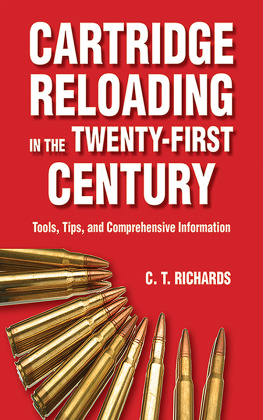
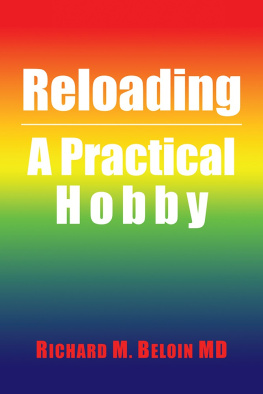
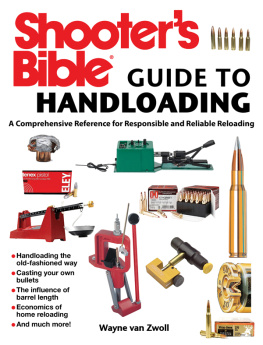
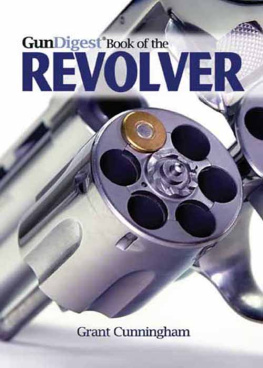
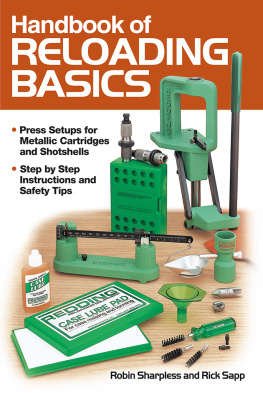
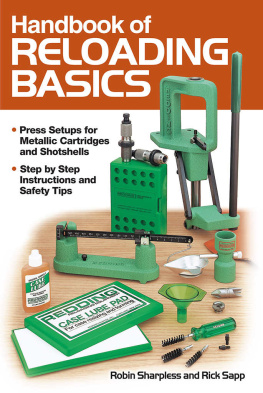
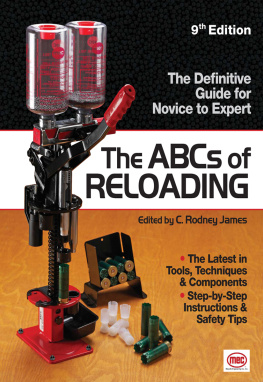
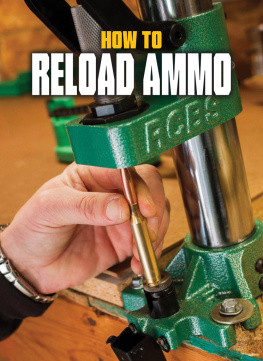
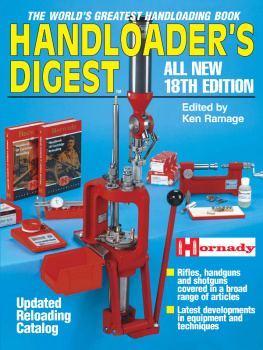

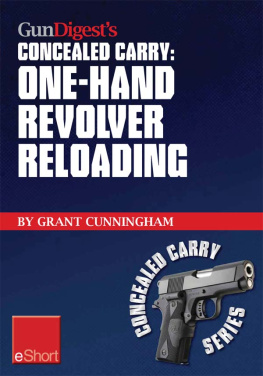
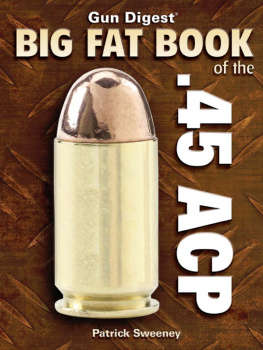
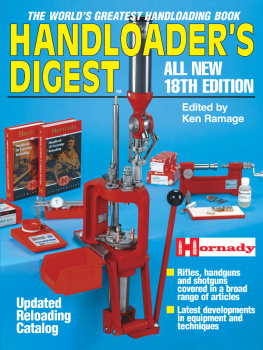


 Reloading adds another dimension to your interest in firearms. Reloading your own ammunition helps you develop a deeper interest in the performance of your firearms.
Reloading adds another dimension to your interest in firearms. Reloading your own ammunition helps you develop a deeper interest in the performance of your firearms.